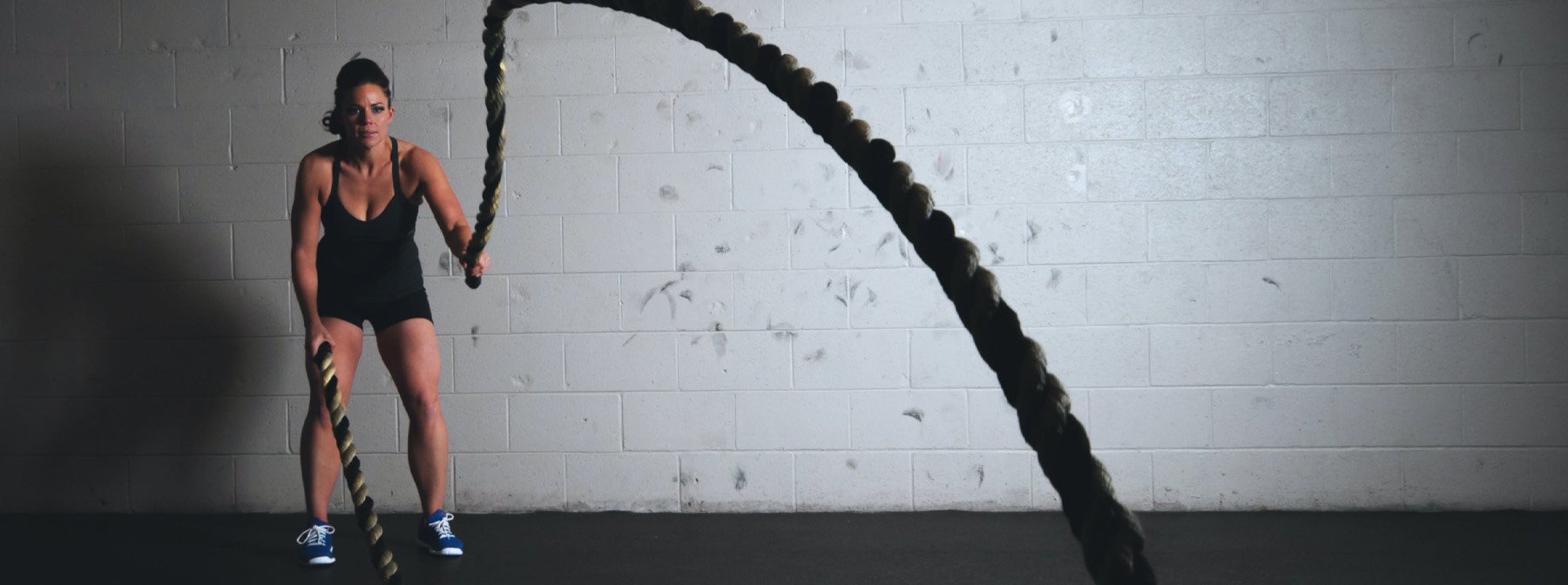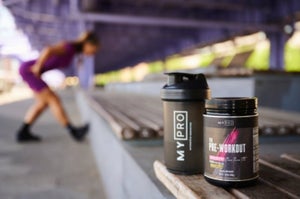
The HYROX hype just keeps on building. After the successful Myprotein-sponsored event at Manchester Central, there are still a few UK dates to come this year, including Glasgow in March and London in May, as well as US dates including Washington DC in March. If you’ve been considering signing up but still haven’t, what are you waiting for?
If you don’t know, HYROX is part endurance race, part functional workout race, with participants ranging from former pro athletes to everyday fitness enthusiasts competing across four different categories.
I recently took part in my first two events, taking second place in the doubles before coming first in the singles a week later. While overjoyed with my ranking, there were a few things I wish I’d known before competing.
I made mistakes, learned what works and what doesn’t, so I’m going to share them so you can compete knowing exactly what to expect. Trust me, a few of these tips are potential game-changers.
1. Run your own race
This advice applies as soon as that buzzer goes. I was shocked (and a little terrified) by the pace many competitors started at. I panicked and ill-advisedly tried to keep pace with the front crowd for the first lap. Thankfully, I quickly realized my error and went back to my plan.
So, know this first: you do not need to chase. Listen to your body and follow the plan you have already set out. By all means channel the excitement of the event to your advantage, but you still need to manage your energy effectively so you don’t peak too soon. The race doesn’t really get going until the sleds are done anyway (in my opinion), so forget what everyone else is doing until then at least.
2. Learn the rules
No one is going to explain the rules to you on the day, so please, please get well acquainted with them and learn the course layout well in advance.
You’ll receive all the information you need, including videos demonstrating the exercises and transitions, so use it.
3. Count your laps
The 1k runs between each station require a little more thought than you may realize. Each course is different, so you’ll be informed in advance how many laps of the track you’ll need to complete before moving on to the next exercise. This may mean you must run three laps for the first run, but two laps for the remaining seven.
It can be tricky keeping count when you’re pushing hard. There are screens around the course reminding you which lap you’re on, but these didn’t work great for me, so I followed two of my own strategies.
When running the doubles, I shouted the lap number to my partner and held up the same number of fingers. This made it way easier for both of us to keep track of where we were.
During the singles race, I used the hair bobble tactic. Each time I completed a lap, I transferred a hair band from one wrist to the other.
4. Know when to make it count
Pushing hard in an endurance event requires self-awareness. Knowing when to push hard and when to ease off slightly is important. Giving it your all on the ski and row machines may not be the best idea, particularly in the individual events.
The effort required to finish a few seconds earlier on the machine is rarely worth it. A better strategy is to come off feeling that you can go a little faster on the run. To succeed, you need to work smart and hard.
5. Transitions are key
If you are competing in the doubles event, make sure you and your partner have some sort of plan going into the workout. Decide how the exercises are going to be split up. Consider how much transition time it would take for you to change on the ski machine compared to the rower.
From personal experience, you can afford to go harder on the machines in doubles so there’s not as much need to hold back. The ski transition takes minimal time so if you want to push, a shorter sprint (eg 150m/200m) may be better. On the rower, you may want to go a little longer, about 250m.
Be aware that penalties happen from poor transitions and standing in the wrong places. You can adjust the damper on the machines once before starting a circuit and not again. And stay well away from touching the equipment when it’s your partner’s go.
But this doesn’t mean you can’t be their ear. Communication and support are going to be massive to improving your combined performance, so get loud and hype each other up.
6. Penalties matter
You can do all the training and preparation in the world, but if you get a penalty for an incorrect move, that’s three minutes added to your final time.
I’m not trying to scare you, I just want to make sure you’re well aware in case you’re set on getting a specific time. To minimize the chances of getting a penalty, be vigilant about your lap count, be diligent with exercise form (particularly on burpees), and stay with your partner while running.
7. Stick to what works
As the event approaches, it’s not unusual to become uncertain about how best to fuel your body. My advice is to keep doing what’s been working. If you already know what makes you feel energized before training, why change things?
The night before, load up on some extra carbs, preferably with a big helping of pasta. On the day of the event, kick off the morning with some oats and in the few hours before the race, stick to quick-release carbs like bananas, and consume plenty of electrolytes.
8. Beat the crowds
Another thing that took me by surprise soon after the race started — it’s pretty crowded out there. If you want to finish with a fast time, you may want to run on the outside lane. Unfortunately, this does mean you’ll be running a little bit further.
Take home message
One final piece of advice: enjoy it. HYROX feels like more than just a race. The event and atmosphere are incredible, and there are so many things to do, so soak it all up.
Of course, it’s nice to do well (and win, ideally), but spend time watching the other races and speaking to other competitors. So show up, prove what you’re capable of, but most of all enjoy yourself. Good luck!
READ THESE NEXT:
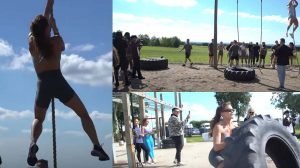
Hybrid Athlete Attempts Ultimate Fitness Test
This is no walk in the park.
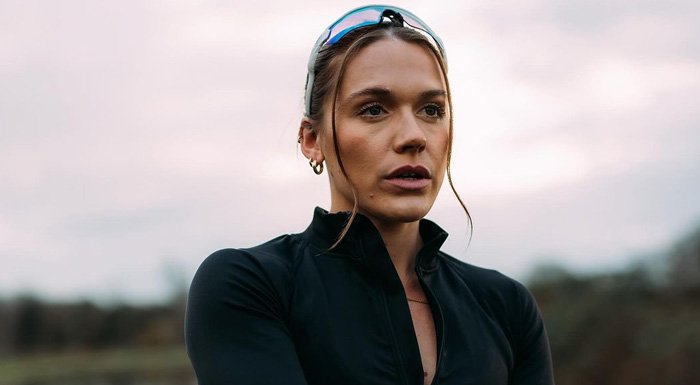
Hybrid Athlete's Full Training Split
Rest day? Never heard of it.
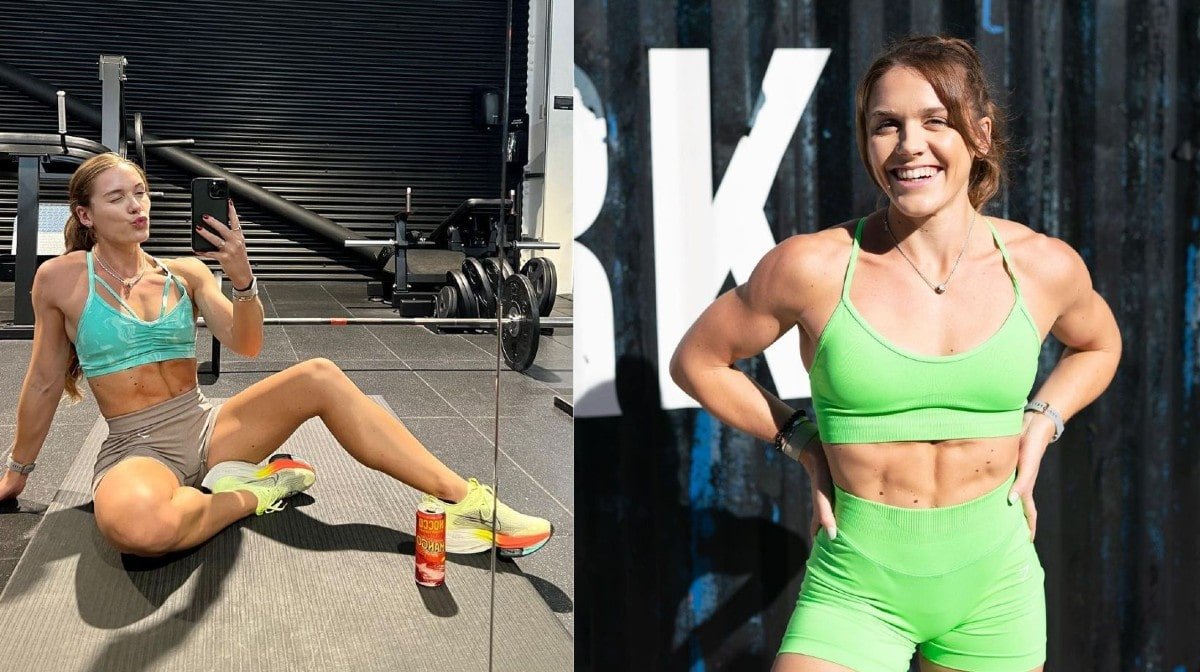
Hybrid Athlete’s Productive Morning Routine
Is TikTok right? Is a morning routine the key to productivity?

